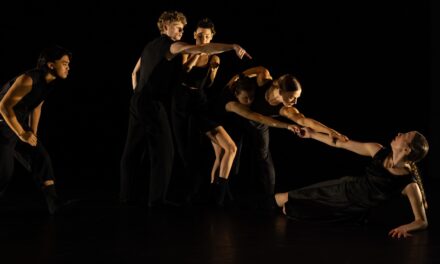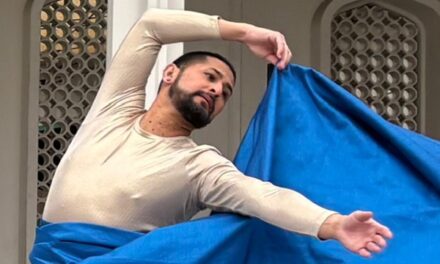The representation of Pride Month in media and performance tends to take one of two paths: a sexually liberated and invigorated extravaganza, or a heartwarming call for community. This year’s “Bodies in Play: Dance is Pleasure” presentation, part of WeHo Pride’s Arts Festival at the Los Angeles LGBT Center, offered a little bit of both and questioned what it may look like if these two roads found an intersection.
The medley performance pulled together nine pieces with BiP founder and creative producer Andrew Pearson as the host. From abstract solos to a popular music video, the dance artists of BiP showed that pride comes in a variety of definitions with equally valid meditations on what it means to be queer. Artists look to the past in each work to explore how it informs who they are today, proposing that the queer experience, no matter how innocent or sexual, is a shared experience that fosters community. This is where the tales of pride collide.
- Emma Vicaña – Photo courtesy of the artist.
- Marisa Ervin – Photo courtesy of the artist.
The program begins and ends with a big swing. Choreographers and performers Emma Vicaña and Marisa Ervin opened the program with “Wet Dream,” a commercial dance piece set to a song of the same name by Wet Leg. Together, the duo brought much-needed energy to start the show. Lu Ordman and Selina Ho’s “A Symphony in Pink and Blue” similarly ends the program with energetic movement. The duo treats the space like a dance studio, teaching a phrase to the audience. Ordman pauses, saying, “Do it from the top, but this time, better.” They’re off to the races, and the phrase gets more and more elaborate; costume changes included. It’s an explosion of choreographic risks that brings the duo close to the audience and spreads across a diverse range of styles. Although forced and unclear at times, their visual commitment to this bold take is commendable.
Pearson also performed a couple of pieces from his repertoire of solo works. Both showcased the evolution and core of his artistic signature. Informed by elements of drag and sign language, “this is step 91 (excerpt)” embodies the words of “When I Fall In Love” by Celine Dion and Clive Griffin with drama and comedic twists. He establishes a framework of gestures that introduce you to the world of the piece before playing with the rules to find pockets of comedy. For example, he begins with a soft and sultry “L”-shaped hand as Dion sings, “Love.” As Dion executes a run with the word, the “L” is no longer sultry. It’s fast and spirals in front of him, bringing a laugh out of the audience.
Pearson’s second work flips the intention, utilizing bold and comedic gestures to tell a more dramatic story. “On the Façade” merges the imagery of kisses and handcuffs to reflect on the history of The Black Cat Tavern and the evolution of Pride. Beginning with headlines about men arrested for kissing at the historical landmark, Pearson kisses his wrists and connects them, keeping them connected through most of the piece like handcuffs. As pride evolves from a protest to a celebration, the gestures become cruder by simulating drug use and fellatio. At first jarring, Pearson makes a stark connection between the roots of pride and today’s dissonant misconceptions about its purpose.
Two video projects were Interwoven into the mix of performance works: the music video to “Crème Brulée” by David Archuleta and a short film by Mackenzie Martin titled “She Waits For Me to Come Back Down.” Each provided an innocent and wholesome look at queer romance. Nathan Kim’s direction and JA Collective’s choreography for Archuleta’s music video showcased the whirlwind emotions of a crush — a queer reprise of his song “Crush.” Dancers weave arms and hands together around Archuleta as he sings of a crush-turned-infatuation. The sweet looks they share capture that butterfly feeling of a new love. Martin’s film is a love letter to her partner, Michaela Moore. Both Moore and Martin lead the film, dancing around a chair in the desert that they each climb on and test the limits of their balance. However, with each risky move, the other keeps them both standing. Here, Martin captures the mutual support of a relationship in a heartwarming choreographic narrative. Both projects center on the power of simplicity, emphasizing how a single touch or connection can be packed with emotion.
The remaining works of the performance were incredibly gorgeous and bold. “Tortillera” performed by Martiza Navarro and Danielle Yasuda with choreography by Muda. The work is a response to the Spanish derogatory slang term used against lesbians. Navarro reflects on her upbringing and her relationship with her childhood best friend. It begins sweet and childlike with pedestrian movement and play. As Navarro discovers more about herself, the choreography becomes deeply structured with sharp movement that flips from tableau to tableau. Yasuda shoots her hand through Navarro’s looped arm, and they both freeze. Something has changed, and the layers (literally) strip away. The story is powerful and transformative. You see Navarro embrace her identity in real-time as if rewriting her history.
Owen Scarlett’s “Tea is Ready,” featuring performer José Gabriel, is more abstract. It’s about making tea and the neurotic fears that can come from appeasing the one drinking it. The choreography mixes elaborate contemporary movement that flows like water, with a dash of pedestrian panic. Gabriel rushes to make tea for everyone. The juxtaposition is intoxicating. Although the piece is quick, it packs a punch.
Bernard Brown’s “The Sweetness of Sweat” accomplishes something similar to Pearson’s “On the Façade.” They reflect on the dissonance of history through dance. For Brown, they challenge notions of fear toward an HIV diagnosis. Audio of broadcast reports plays, sharing the language used to describe people with HIV. Typically, non-queer people were considered “innocently” infected and queer people were considered “guilty.” Malachi Middleton and John Santos perform a duet filled with affection and romance, challenging the notion of “guilty” recipients. The piece highlights that there are simply people living with HIV — nothing more, nothing less. Together, the duo melds into each other’s bodies with imagery of love and support.
“Bodies in Play: Dance is Pleasure” revealed the breadth of queer experiences to challenge what we consider Pride. Pride is a reclaiming (as showcased in Brown’s piece) or a chaotic explosion of creativity (as shown in Ordman and Ho’s piece). Each work transcended the singular definitions of Pride for a multiplicitous view of queerness that is sexy, heartwarming, comedic and nurturing. But in the end, the program as a whole cemented the prevailing truth that Pride was and will always be a protest.
For more information about Bodies in Play, please visit their website.
To learn more about the Los Angeles LGBT Center, please visit their website.
Written by Steven Vargas for LA Dance Chronicle.
Featured image: Malachi Middleton – Choreography by Bernard Brown bbmoves – Photo courtesy of the artist.


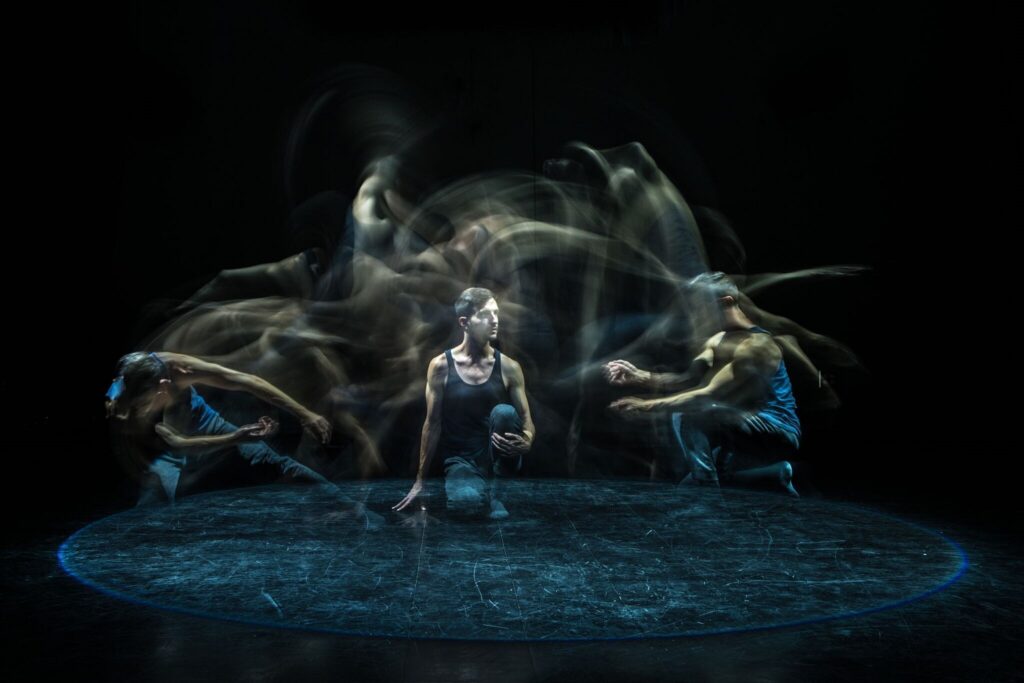
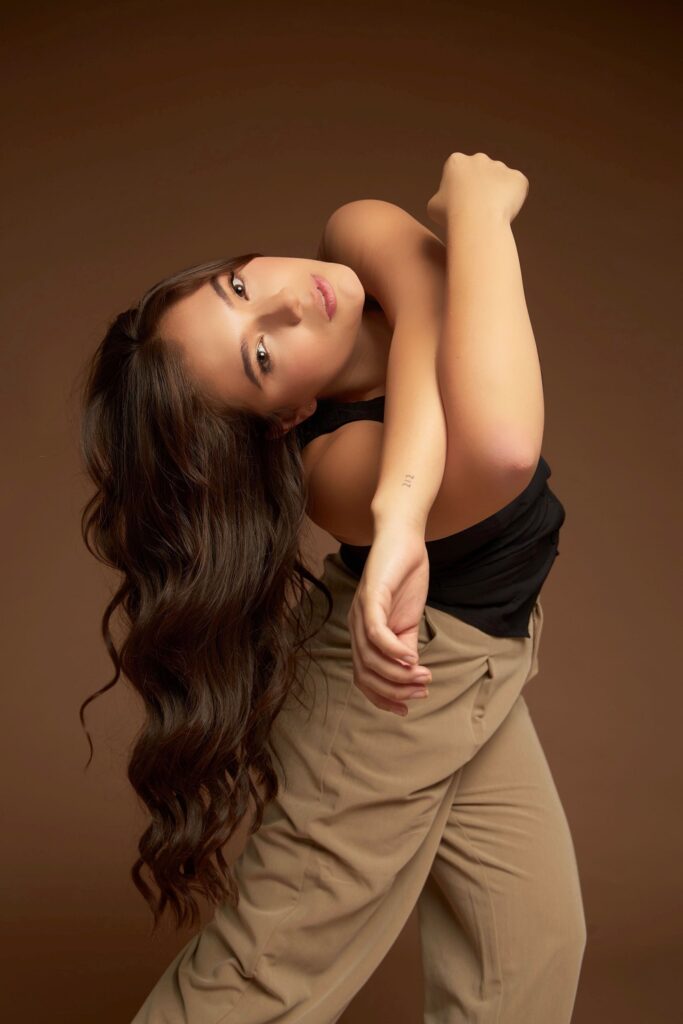
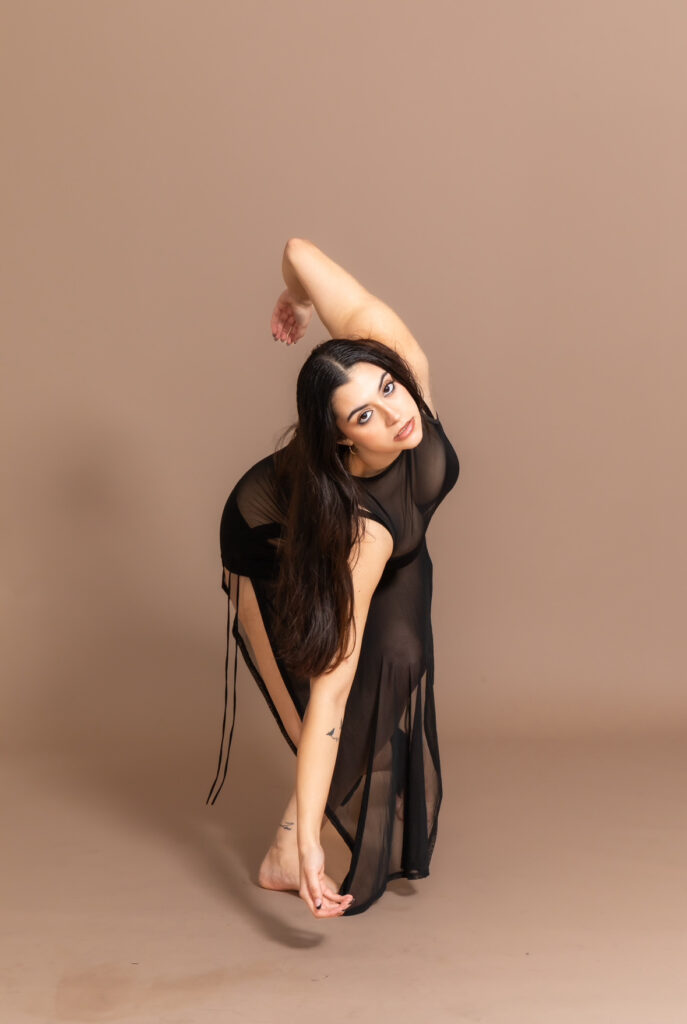
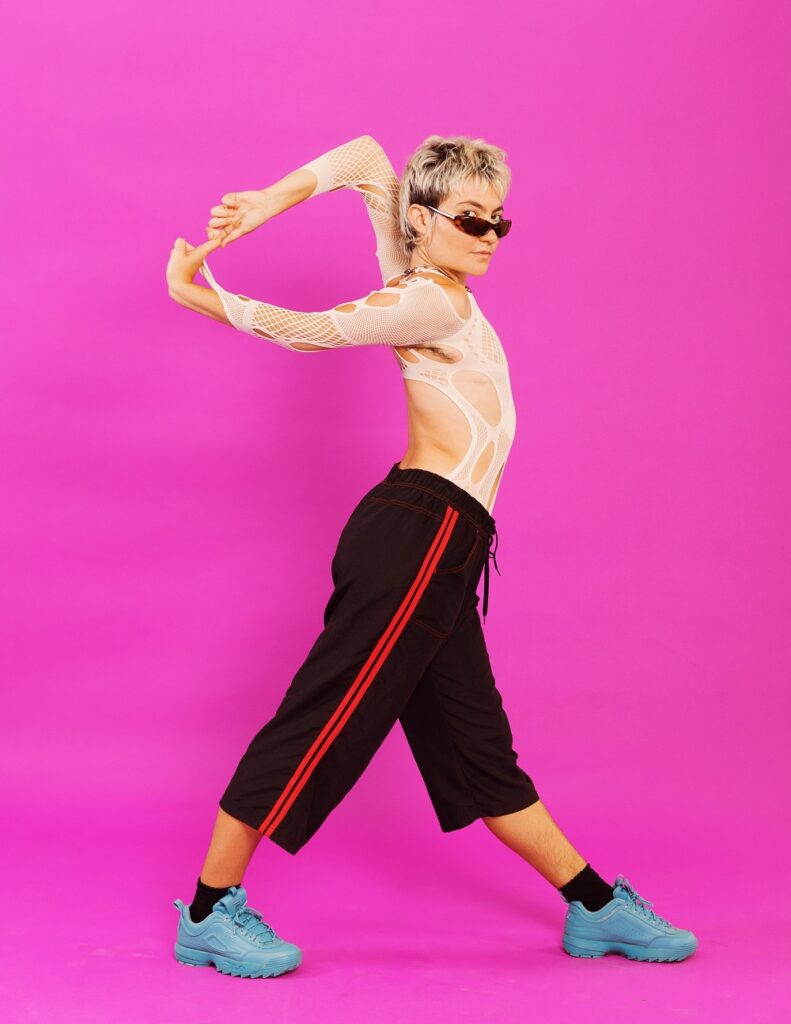
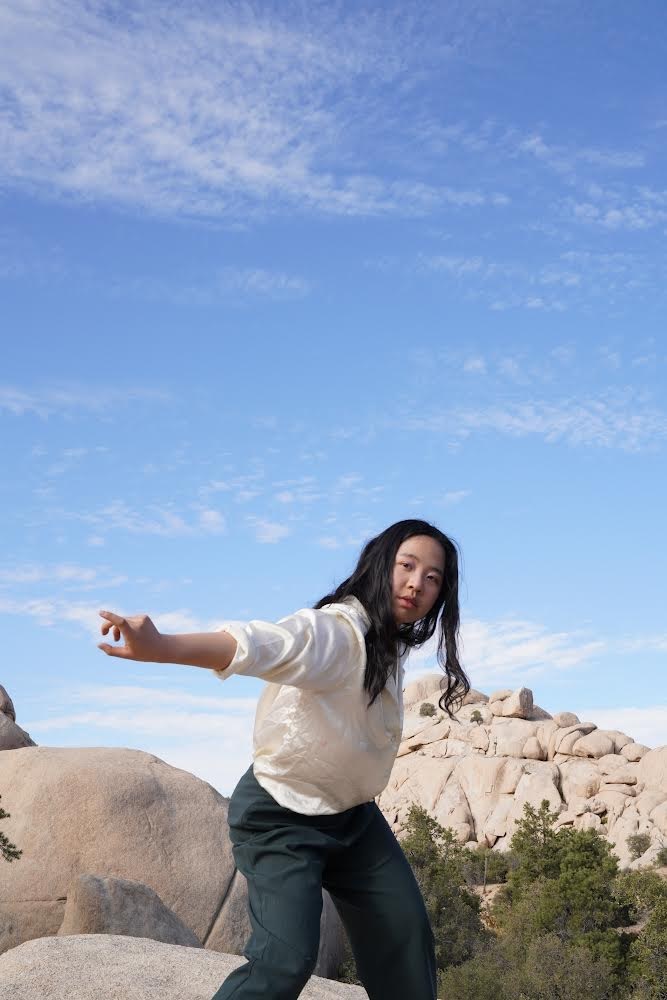
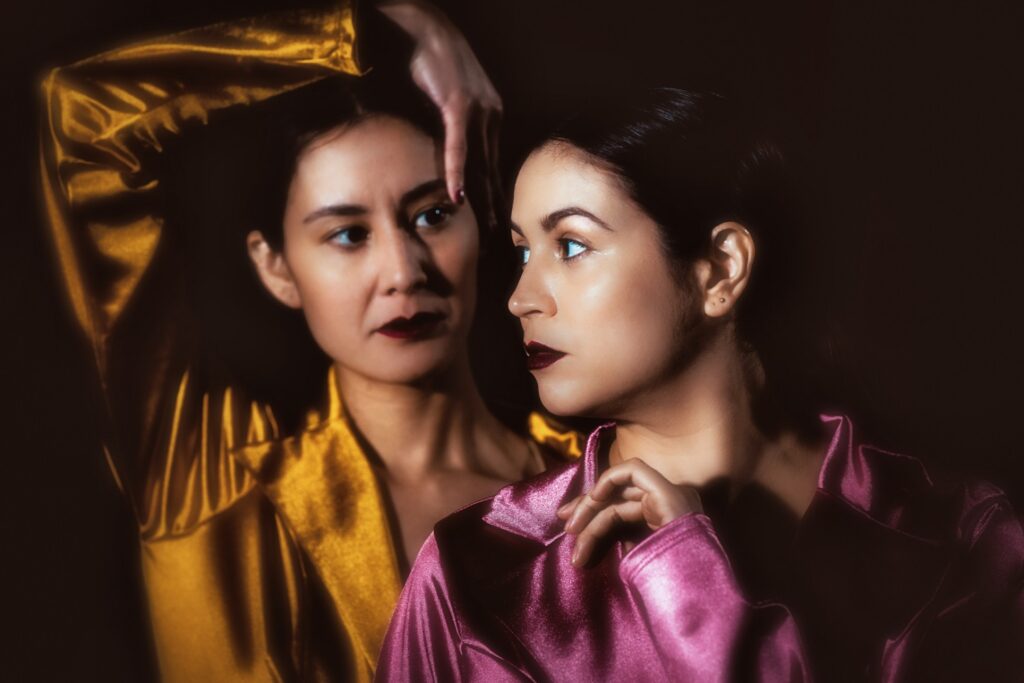
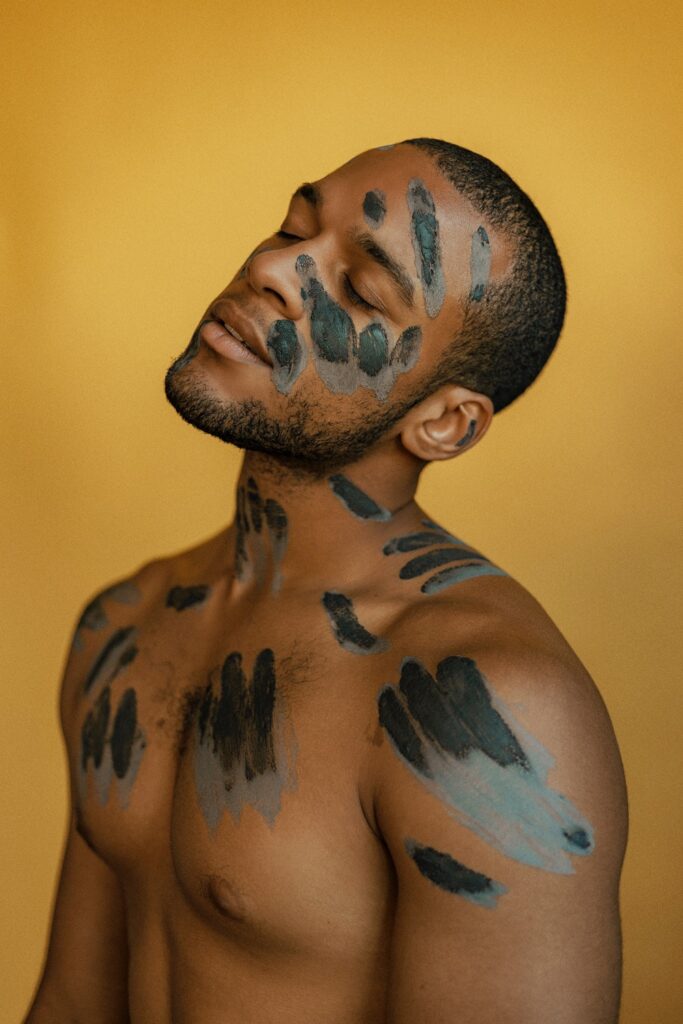
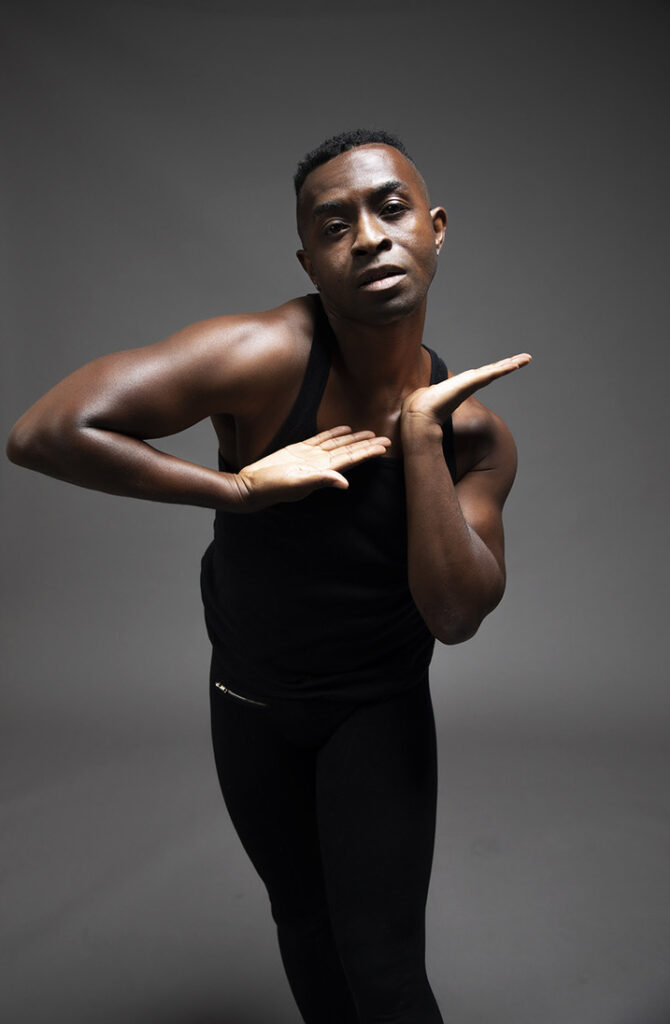
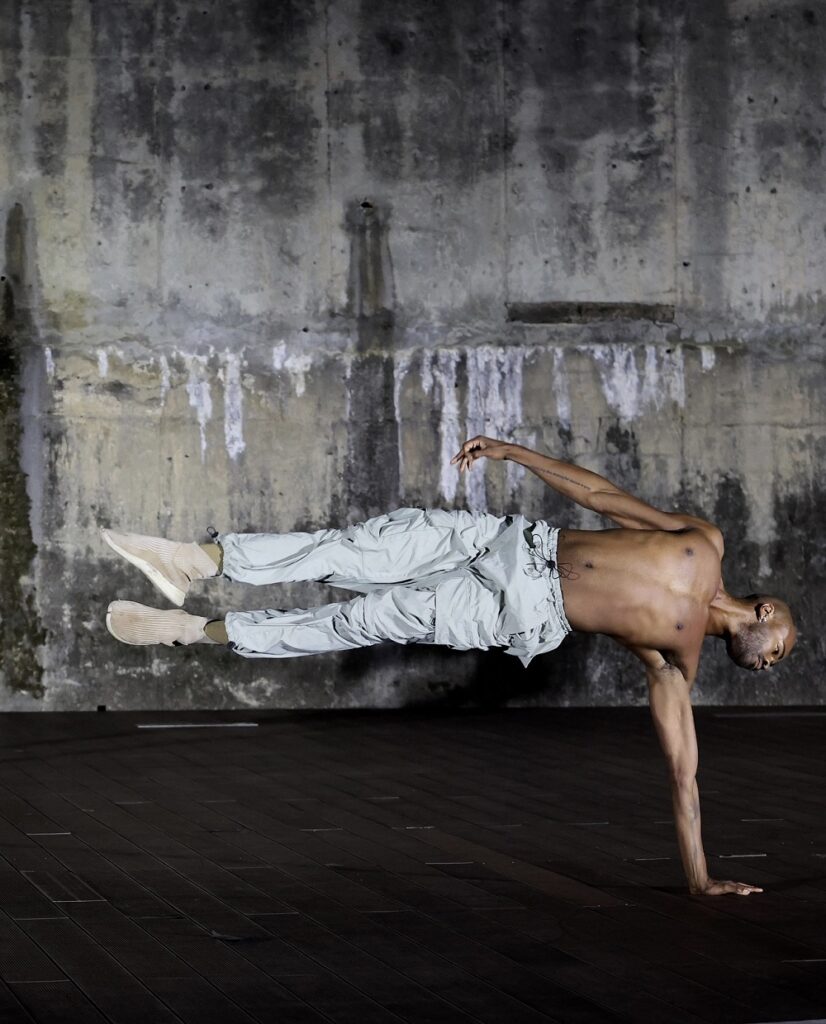
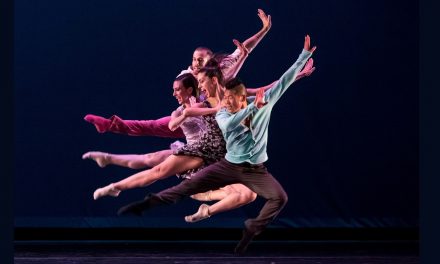
![In search of genre in Will Rawls’ ‘[siccer]’](https://www.ladancechronicle.com/wp-content/uploads/2025/04/siccer-694-c1-440x264.jpg)
